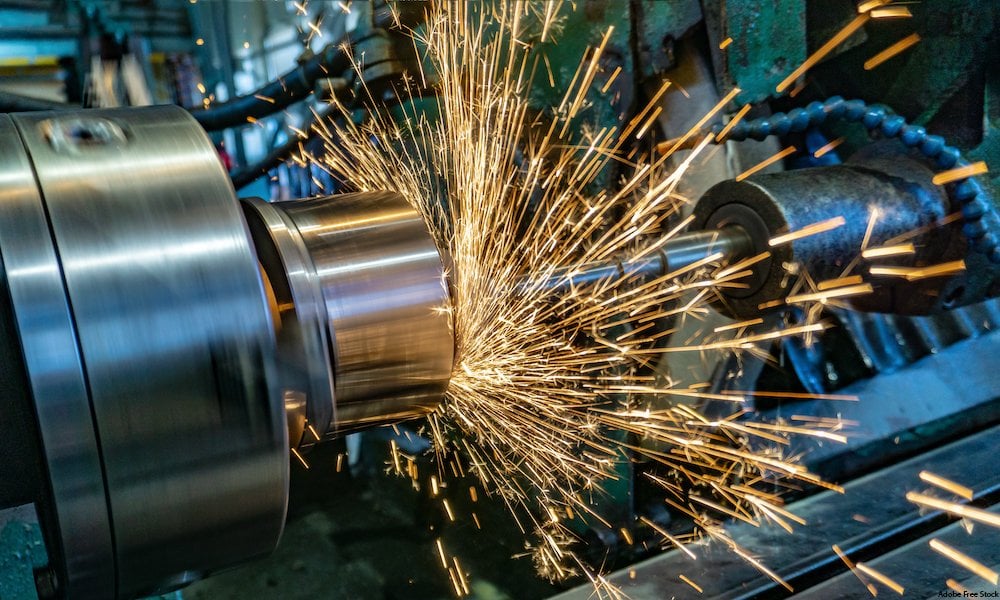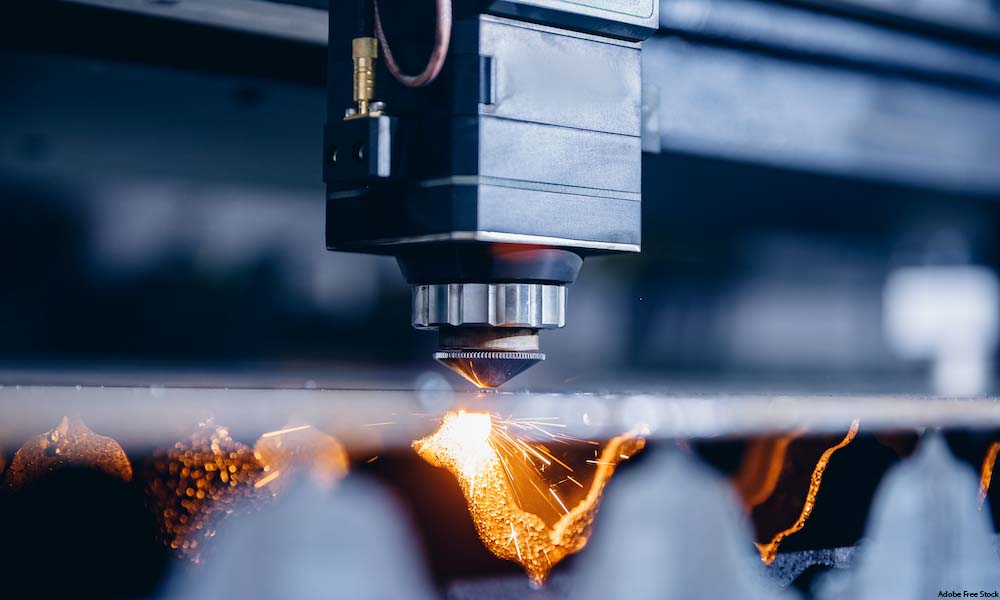Technology
Computer Numerical Control (CNC) Machining Basics

Years ago, the manufacturing process meant unnecessary long periods of production, strenuous human labor, wastage of materials, and effort-prone steps. Thanks to the advancement of technology, the manufacturing process has greatly improved. In this business blog, we cover just about everything you need to know about Computer Numerical Control (CNC) Machining and its basic concepts.
The introduction of computer numerical control (CNC) machining technologies has increased the business’ manufacturing productivity by automating the repetitive process with a high level of reliability.
What’s CNC Machining?
CNC Machining refers to the process of instructing several pieces of machinery and tools to perform machining operations in a particular sequence.
The CNC machining process runs in contrast to, and supersedes, the shortcomings of manual control where a live operator is needed to guide and prompt the commands of machining tools via buttons, wheels, and levers. Instead, it uses computerized controls to handle the entire machining process from start to finish, producing consistently precise parts. It can follow the same sets of instructions over and over again to facilitate production runs of identical pieces.
CNC machining is used to create components and parts for almost every application and industry including aerospace, medical, automotive, and other highly complex industries which require machining work on large components.
The aerospace industry, in particular, requires a consistent cutting-edge process for manufacturing to ensure safety and meet the highest industry standards. Therefore, aerospace precision machining is one of the most critical components of this sector.
How Does It Work?
CNC machining relies heavily on programming. Programmers must first input the right codes and ensure that they work properly. Without these codes, CNC machining will not function accordingly.
The language used in CNC machining is known as the G-code. Most manufacturing machines have codes to dictate one or two functions. However, a G-code is significantly more complex and sophisticated than this. The G-code will control the behaviors of the CNC machine including coordination, speed, and feed rate. Once a G-code is written and loaded into the machine, the code will do most of the work with little to no human intervention.
Types Of CNC Machining Operations
CNC machines can be broadly classified based on their underlying functions and technology, as well as the materials they work upon. Here are some of the most common types of CNC machines.
CNC Milling
CNC mills are one of the commonly used CNC machines, featuring tools used mainly for cutting and drilling.
They can perform various functions including boring, tapping, drilling, producing slots, and cutting gears with a given piece of material. Moreover, CNC milling machines are expensive and quite larger when compared to other types of CNC machines.
CNC Lathe Machines
CNC lathe machines work by spinning the workpiece at a high speed while a blade executes its function to produce the desired product.
In general, lathes are ideal to use for products with conical, cylindrical, and flat shapes. While it’s considered less versatile and precise than CNC mills, lathes are suitable for simple and quick jobs. In addition, it’s also cheaper and smaller, thereby increasing its portability.
CNC Router
Closely similar to CNC mill, CNC router is often used for machining software materials and is usually less precise. Plus, it’s also a lot cheaper than a CNC milling machine.
A CNC router machine is characterized by its ability to use computer numerical control to route spindle and machine tool paths to shape and design materials like aluminum, steel, wood, plastic, and foam to the desired shape and design.
CNC Plasma Cutters
CNC plasma cutting machines utilize a high-powered plasma torch to cut through even the hardest materials like steel and titanium.
A unique thing about plasma cutting machines is that it can penetrate electrically conductive workpieces or materials such as stainless steel, aluminum, brass, and copper. For that reason, CNC plasma cutters are often used in heavy industries such as automobile, shipbuilding, aerospace, and industrial construction sectors.
CNC Laser Cutting Machine

CNC laser cutters are similar to plasma cutters in their ability to cut through hard materials.
That said, CNC laser cutting machine uses a highly focused and strong laser to perform the task.
Since lasers have smaller points of contact and spread, CNC laser cutting machines provide a higher level of precision and better surface finishes. This also makes CNC laser cutters more costly than CNC plasma cutters. CNC laser cutters can also produce a variety of designs that won’t require additional finishing. Thus, it is often used for decorative works such as engraving machine components, sign making, and woodworking art.
Advantages Of CNC Machining
How has CNC machining helped business?
High Accuracy
CNC machining uses highly detailed and sophisticated programming operations. The machines follow these coded instructions without allowing any human error or unwanted variation. As a result, the parts will be of high quality, ensuring accuracy and consistency with every part manufactured.
Boost Productivity
CNC machining can produce parts and components 24/7. These machines can run continuously and efficiently with little-to-no human interference. This means that your business can ensure manufacturing productivity, continuously producing parts and products without worrying about operator’s fatigue.
Cost-Effectiveness
As mentioned previously, CNC machining often doesn’t require human intervention which helps reduce the cost of human labor. Furthermore, CAD file designs also help in reducing the risk of manufacturing and human errors, which also reduces the per-unit cost of production.
Faster Project Completion
A CNC machining process starts with a well-thought CAD design. This helps in making the prototyping a lot easier and faster. Running designs on CAD software can catch and prevent numerous design flaws or potential material risks.
When the testing and prototyping processes are shortened, components and parts can go from design into production much faster.
In addition, instructions on CNC machines can also be replaced or modified quickly, ensuring that there’s only a short delay between changes in production runs.
Drawbacks
There are always some negatives to using technology and with CNC machining you may consider the cost, size or possibly human error in operation as some of them. Do your homework and where required work through how the positives can outweigh any drawbacks.
Take Away
Humans have been devising ways to automate repetitive and laborious tasks since ancient times. Along the way, they’ve invented CNC machines that helped streamline the manufacturing process. And with emerging technologies such as machine learning and artificial intelligence, CNC machining will become even more sophisticated, further improving the manufacturing industry and helping businesses scale and grow.
